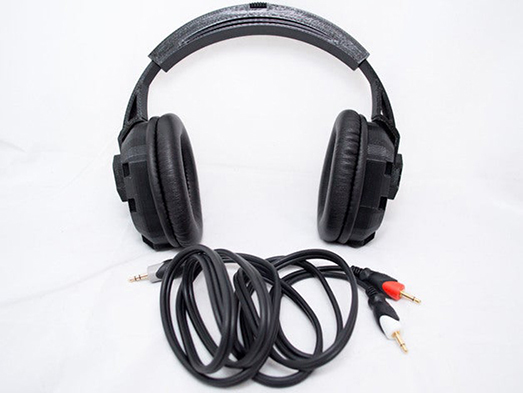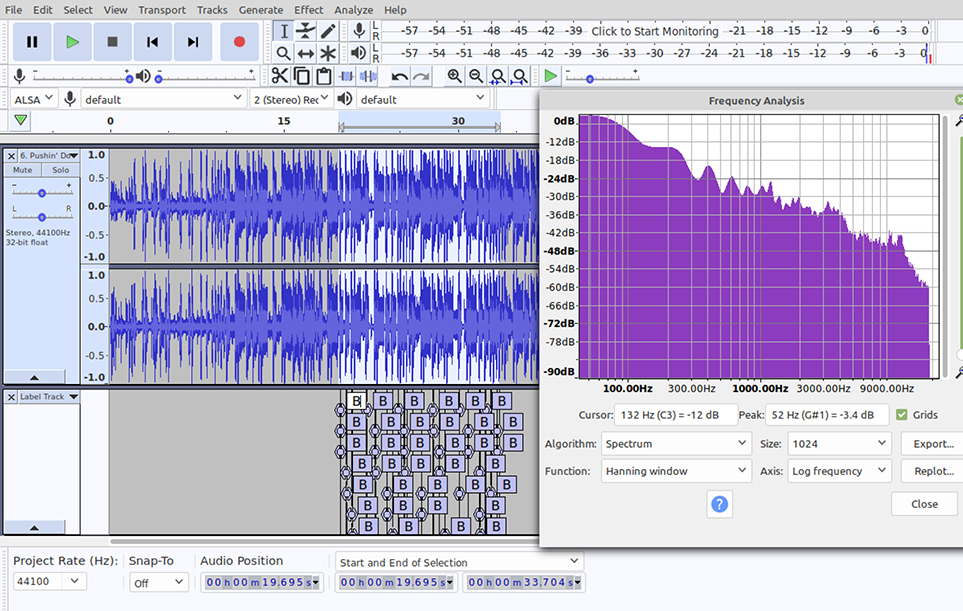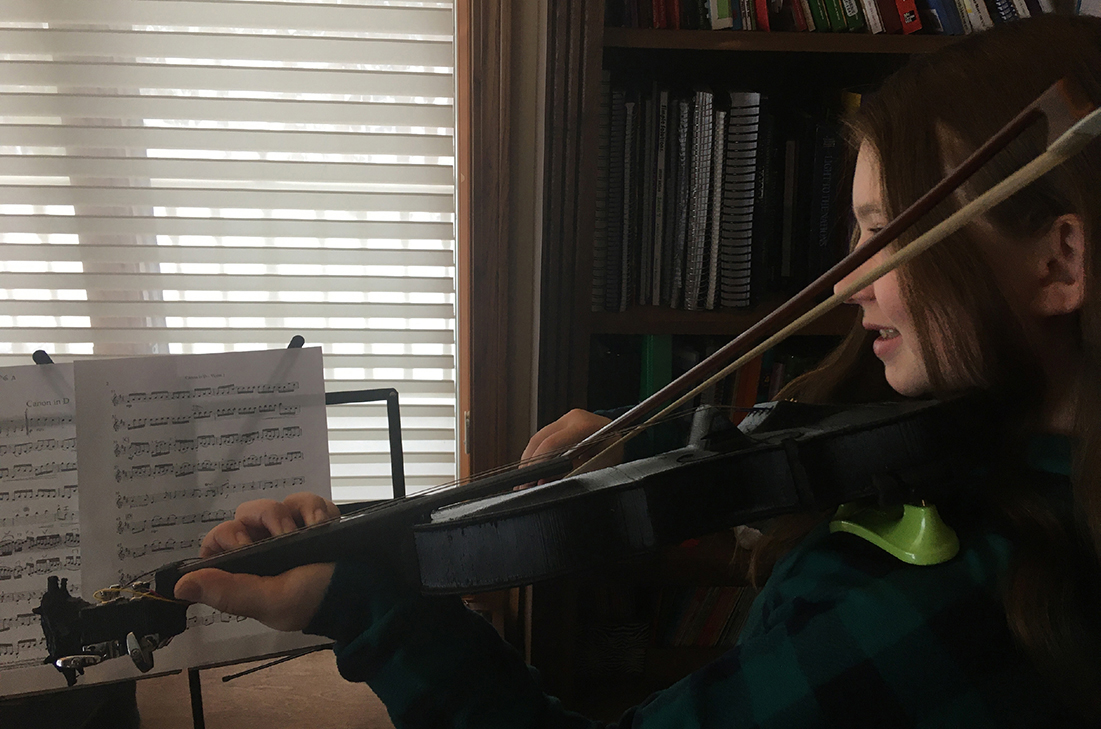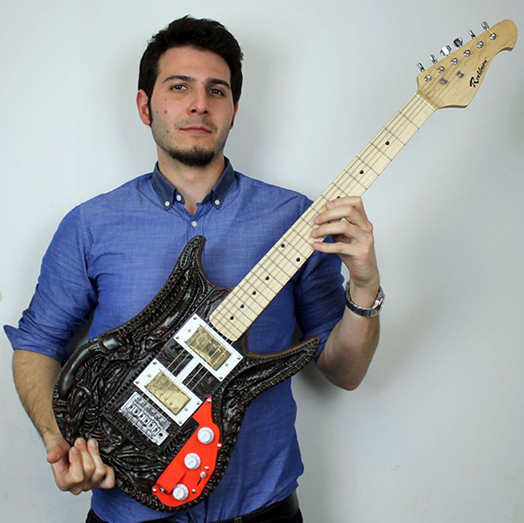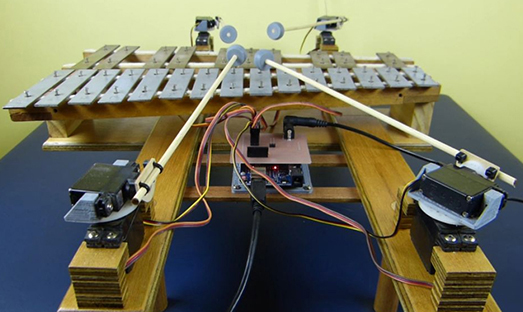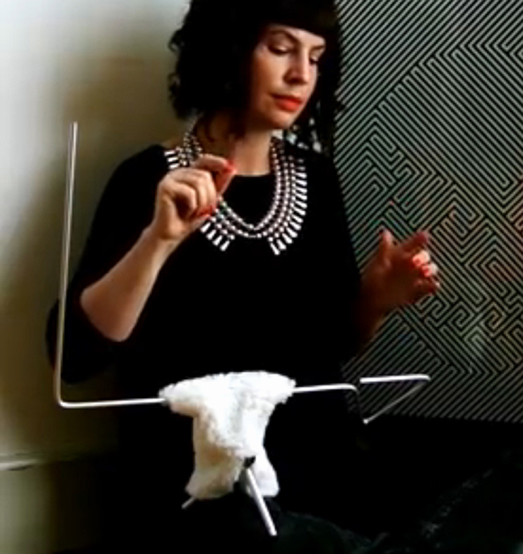CHAPTER 5
Making and Sharing Music, Software, and Instruments
Great Places to Share Your Music
There are many places where artists can share their music in an open-source way, such as the Free Music Archive (freemusicarchive.org). This site is exactly what it is says it is—the best place to find free music and royalty-free music. The Tribe of Noise (artist.tribeofnoise.com) now owns it. The Tribe of Noise is a global Creative Commons music community made up of tens of thousands of independent musicians. Members aim to support individual music makers, while at the same time managing the combined Tribe talent to deliver music services to businesses. The Tribe of Noise blog lists opportunities for musicians to get greater exposure and get paid to create open-source music that is streamed on the Tribe’s platform for businesses.
You can also share your music with friends using Funkwhale (funkwhale.audio), which is a community-driven project where you can listen to and share music and audio within a decentralized open network. Funkwhale gets its name because, just like whales, Funkwhale users gather in “pods.” These pods are simply websites running free Funkwhale server software. You join the network by registering an account on a pod. This is your home, but you can interact with other users in any pod. Funkwhale is designed for both artists and music lovers. Artists, musicians, and podcasters can publish work freely, reach a wider audience using the federation, and embed and share content on other platforms, websites, and podcasting applications. People who just want to listen to music can freely join a pod, upload their own music library on their pods, share their libraries with friends and family, and access their content from multiple devices. Perhaps best of all, Funkwhale can help you discover new music and artists because it operates as an open-source music streaming and social media hybrid.
Whether you are jamming to your own tunes or someone else’s free music, you can even do so on open-source adjustable-headband high-quality over-ear headphones (Figure 5.1) that are easily made on a desktop RepRap-class open-source 3D printer (more details in Chapter 12).
Figure 5.1 EQ-1 headphones, high-quality adjustable-headband over-ear open-source headphones. (CC BY-SA) https://www.thingiverse.com/thing:674179
Open-Source Music Software
There is a lot of free and open-source software that can help you create music. Both Audacity (www.audacityteam.org) and Let’s Make Music (lmms.io) are easy-to-use cross-platform multitrack audio editors. They are rich applications (as seen in the screen shot of Audacity in Figure 5.2). For hardcore music hackers, Qtractor (qtractor.sourceforge.io) is an audio/Musical Instrument Digital Interface (MIDI) multitrack sequencer application. It is used in Linux along with the Jack Audio Connection Kit (JACK, jackaudio.org), which is used to move music from one software package to another for audio, and the Advanced Linux Sound Architecture (ALSA, alsa-project.org) for MIDI.
If you are more into music composition, then Musescore (musescore.org) and Rosegarden (www.rosegardenmusic.com) may be more your speed. Musescore helps you make professional-looking sheet music, and Rosegarden is a music composition and editing environment based around a MIDI sequencer, which features a deep understanding of music notation but only includes basic support for digital audio. These free software tools are ideal for composers, musicians, and music students working in a small studio or home recording environments.
Figure 5.2 Screen capture of Audacity, an easy-to-use cross-platform open-source multitrack audio editor.
If you are serious about hosting your music, you can also set up your own streaming server with Sonerezh (www.sonerezh.bzh), which is a self-hosted web-based audio streaming application that allows access to your music from anywhere using your favorite web browser.
Making Musical Instruments
You can make and share your own physical musical instruments no matter what kind of music you are interested in. Musical instruments are normally broken down into five families: (1) strings, (2) percussion, (3) brass, (4) woodwinds, and (5) keyboards. The latter has largely been overtaken by the abilities of free and open-source software discussed earlier in “Open-Source Music Software.” In addition, there are also commercial open-source music synthesizers such as the SparkFun SparkPunk Kit (www.sparkfun.com/products/11177), which is a sound generator/simple synthesizer made in the spirit of the Atari Punk Console. The SparkPunk has a ton of knobs and switches to provide a rich environment for tonal variations. For each of the other families of instruments, we will look at two examples of musical instruments whose designs are already freely available.
The Strings Family
If you want to make a string instrument, you have lots of choices. There is the hovalin (www.hovalabs.com/hova-instruments/hovalin), which is an approximately $70 functional acoustic violin that can be produced using open-source RepRap-class 3D printers. The hovalin’s shape and dimensions (see the custom mashup sporting a double wolf’s head instead of the traditional scroll in Figure 5.3) are inspired by the Stradivarius violin model, which sells for far more. A 3D-printed hovalin made of common plastic is not the quality of the original Stradivarius violins, but it is pretty good. You can also make low-volume hovalins for practicing without bothering those around you by printing in denser materials (e.g., the glycol-modified version of polyethylene terephthalate [PETG]). The hovalin project itself is a derivative of another open-source project, having been inspired by David Perry’s FFFiddle (openfabpdx.com/modular-fiddle).
Figure 5.3 An open-source 3D-printed custom hovalin in play.
Perhaps guitars are more your thing. There is a dizzying array of open-source masterpieces to choose from, both acoustic and electric (all3dp.com/2/3d-printed-guitar-10-best-curated-models-to-3d-print). For example, Francesco Orrù’s HR Giger Guitar is a tribute to Swiss painter H. R. Giger inspired by the Ibanez design (Figure 5.4).
Figure 5.4 Francesco Orrù’s open-source 3D-printed HR Giger Guitar is a tribute to Swiss painter H. R. Giger. (CC BY-NC-SA) https://www.myminifactory.com/object/3d-print-hr-giger-guitar-6810
Websites like Instructables (instructables.com) cover how to make many stringed instruments from ancient lyres to mandolins and banjos out of pans. It is also possible to use open-source software to amp up your open hardware. Consider Guitarix (guitarix.org), a virtual guitar amplifier for Linux running on JACK (discussed earlier). Guitarix takes the signal from your guitar as any real amp would do, as a mono-signal input from your sound card, and then processes it by a main amp and a rack section. Both signals can be routed separately and deliver a processed stereo signal. You may fill the rack with effects from more than 25 built-in modules, including stuff from a simple noise gate to brain-slashing modulation effects such as flanger, phaser, and auto wah, along with a long list of LV2 plugins. You can record your playing with an open-source recorder such as Ardour (ardour.org)—and, of course, edit and mix afterward. Guitarix was designed for guitar signals, but you can use it with other instruments or even a synthesizer (such as Qsynth [qsynth.sourceforge.io]) or any other sound generator.
The Percussion Family
Building percussion instruments is relatively straightforward compared with building other types of instruments. Many types of physical drums can be built from free, shared plans, from the least complex (turn over a 5-gallon paint can) to the complicated (turning a 55-gallon barrel of 17- or 18-gauge steel into a steal drum; www.steelpan-steeldrums-information.com/make-steel-pans.html). However, even percussion instruments can be automated with a little help from open-source electronics, such as the Arduino-powered robotic glockenspiel, called a Spielatron, as shown in Figure 5.5.
Figure 5.5 The Spielatron, an open-source robotic glockenspiel developed by Averton Engineering. (CC BY-NC-SA) https://www.instructables.com/id/Making-the-Spielatron-Robotic-Glockenspiel/
Drums can go completely electronic, like the Shapeshifter (gitlab.com/Faselunare/shapeshifter), which is a free and open-source software–hardware combination expandable drum machine. Or you can go with the software-only Hydrogen (hydrogen-music.org), an open-source drum sampler software package.
The Brass Family
Making open-source brass family instruments is perhaps the most challenging. First, they are normally made out of metal (e.g., trumpets, trombones, French horns, etc.), and in general, working with metal is more challenging than working with other materials. Although there are open-source metal 3D printers, their resolution is still not at the level of the polymer printers discussed in Chapter 12 (Anzalone et al., 2013; Nilsiam et al., 2015; Nilsiam, Sanders, and Pearce, 2017). In addition, the tricky business of making metal 3D printers usable for average people (e.g., removing the welded substrate from the surface [Haselhuhn et al., 2014, 2015]) has only begun. The view of most scholars is that the term brass instrument should be defined by the way the sound is made, not by whether the instrument is actually made of brass. There is a 3D-printable trumpet published on Instructables (www.instructables.com/id/3D-Printable-Trumpet). It is made of plastic and not particularly well-developed yet. Fortunately, many “brass” instruments not made with brass, such as the didgeridoo, are easily made by hand. The didgeridoo was crafted in wood by indigenous aboriginal communities in Australia for thousands of years. Didgeridoos are made from hollowed cylindrical or conical tubes and use a beeswax mouthpiece. They are monster instruments that can be as tall as an adult and a few inches in diameter. In general, the longer the didgeridoo, the lower is the pitch or key of the instrument. An online bamboo dealer has excellent instructions on how to make a bamboo didgeridoo (www.guaduabamboo.com/working-with-bamboo/bamboo-didgeridoo) in about a half hour after you have assembled the tools and supplies.
The Woodwinds Family
Unlike brass instruments, there are many open-source woodwind instruments. For example, you can select from easy directions for making an open-source flute out of wood from Cut The Wood (cutthewood.com/diy/how-to-make-a-flute-out-of-wood) or out of polyvinyl chloride (PVC) from Instructables (instructables.com/id/Making-Simple-PVC-Flutes) or even out of metal pipes from Our Pastimes (ourpastimes.com/how-to-make-a-piccolo-instrument-12599898.html). Traditional flute designs are extremely well-documented (flutopedia.com/crafting.htm). Traditional flutes, such as the Native American Sparrow Hawk flute (www.thingiverse.com/thing:2000241), can also be fabricated using these digital technologies.
In addition, there is an early open-source community centered around woodwinds made of brass. They are just getting started with the Open Source Saxophone Project (opensourcesaxophoneproject.com), whose goal is to spread knowledge and democratize the repair and eventual manufacture of saxophones. The Open Source Saxophone Project is wide-ranging, serving as a resource for saxophonists to become better consumers, providing a multimedia guide for repairers to improve their skills, and is moving toward the eventual goal of having the tools, computed-aided design (CAD) files, tutorials, and suppliers to enable anyone with the courage to build their own saxophone from scratch to do so.
Open Theremin
No matter what your musical taste, the open-source music community has you covered. Even if you are just looking for esoteric music for your open-source films (covered in Chapter 7), the open-source community has developed good options. For example, the theremin (shown in Figure 5.6) is not the most popular electronic musical instrument, but it is fun to play, even when you are controlling it without touching it. The Open Theremin (www.gaudi.ch/OpenTheremin) project helps you create those eerie sounds you hear in scary movies, so if you are making a movie, you can make your own sound track.
Figure 5.6 Screen capture of Coralie Ehinger playing the open theremin. http://www.gaudi.ch/OpenTheremin/index.php
References
Anzalone GC, Zhang C, Wijnen B, et al. 2013. A low-cost open-source metal 3D printer. IEEE Access 1:803–810.
Haselhuhn AS, Gooding EJ, Glover AG, et al. 2014. Substrate release mechanisms for gas metal arc weld 3D aluminum metal printing. 3D Printing and Additive Manufacturing 1(4):204–209.
Haselhuhn AS, Wijnen B, Anzalone GC, et al. 2015. In situ formation of substrate release mechanisms for gas metal arc weld metal 3D printing. Journal of Materials Processing Technology 226:50–59.
Nilsiam Y, Haselhuhn A, Wijnen B, et al. 2015. Integrated voltage: Current monitoring and control of gas metal arc weld magnetic ball-jointed open source 3D printer. Machines 3(4):339–351.
Nilsiam Y, Sanders P, Pearce JM. 2017. Slicer and process improvements for open-source GMAW-based metal 3D printing. Additive Manufacturing 18:110–120.
